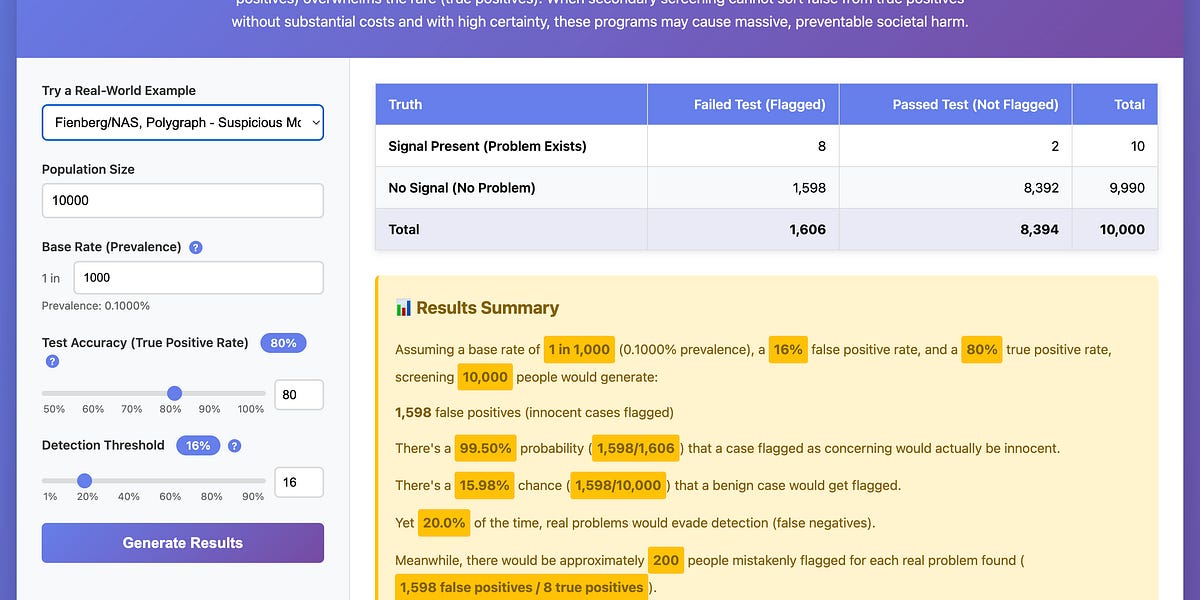With the rapid emergence of AI technology, data centers face an ongoing challenge — how to maximize compute performance while lowering power. Electricity consumption from U.S. data centers and AI could triple by 2028, driving enormous growth in our nation’s energy demand. In 2023, U.S. data centers consumed an estimated 176 terawatt-hours (TWh) of electricity. Projections estimate that, by 2028, that number could rise to 580 TWh, which would represent 12% of total electricity use in the U.S..1 and 3.3 times more energy use in just half a decade.
Driven by the expansion of AI and other data-intensive applications, this expected surge underscores the importance of advanced hardware technologies to support increasing energy needs of data center infrastructures in both the U.S. and worldwide.2 Through the development and adoption of innovative, low-power (LP) memory architectures like Micron® LPDDR5X, data centers can deliver substantial performance gains without the energy penalty of traditional DDR5 memory.
Why LP memory?
Micron® LPDDR5X is engineered to deliver high-speed performance while consuming much less energy. Unlike traditional memory technologies like DDR5, LP memory operates at lower voltages, which improves both power and energy efficiency through:
- Reducing power consumption
- Lowering heat generation
- Optimizing circuit designs focused on energy savings
For AI-driven data centers, achieving gains in power and energy efficiency is an ongoing challenge. Consider Llama 3 70B running inference in a large-scale customer support environment. A single GPU manages a complex dance of AI interactions, simultaneously handling thousands of intricate customer queries in real time. The use of LP memory transforms this intensive computational workload into a markedly more energy-efficient process.
.png)



